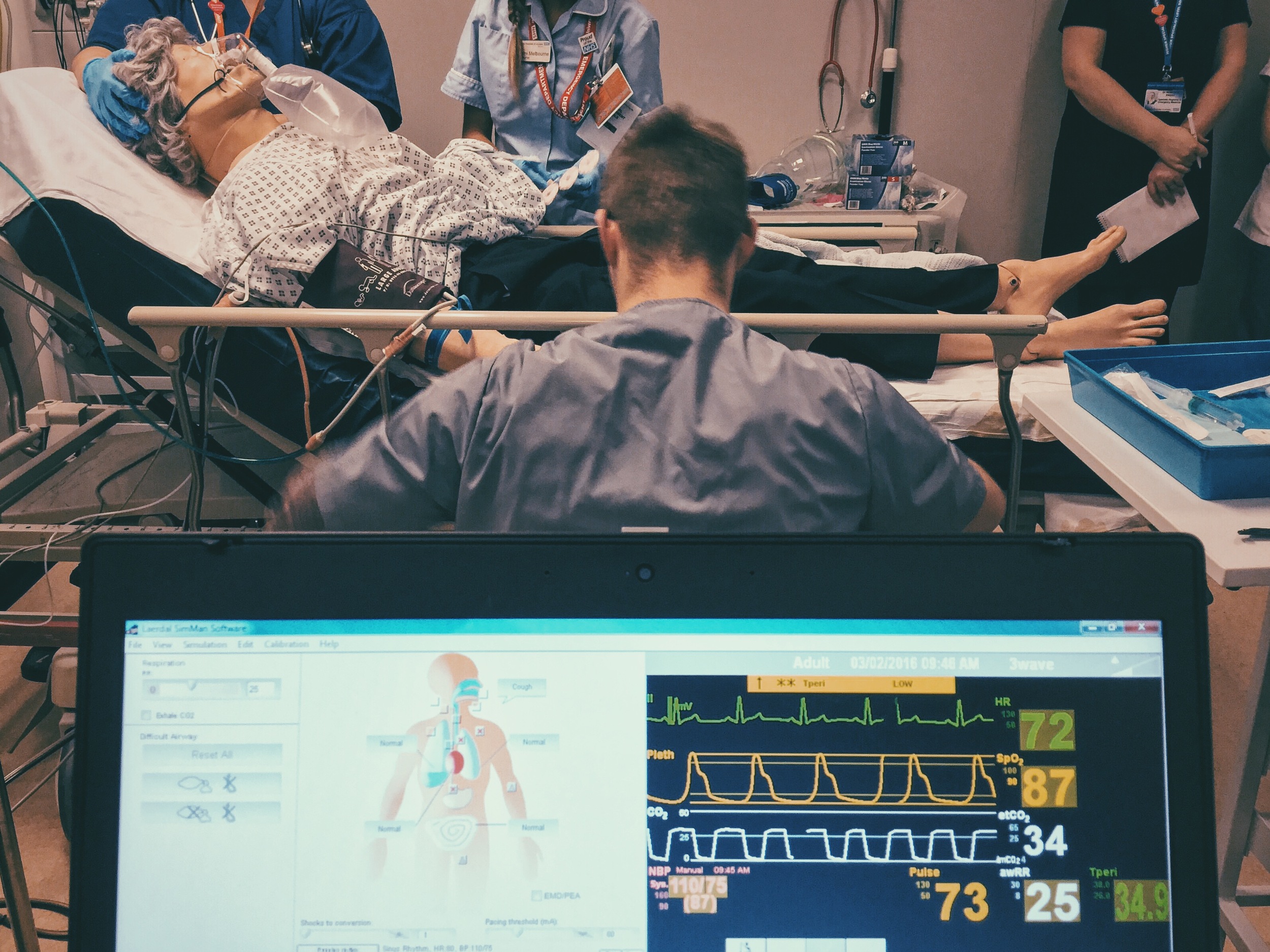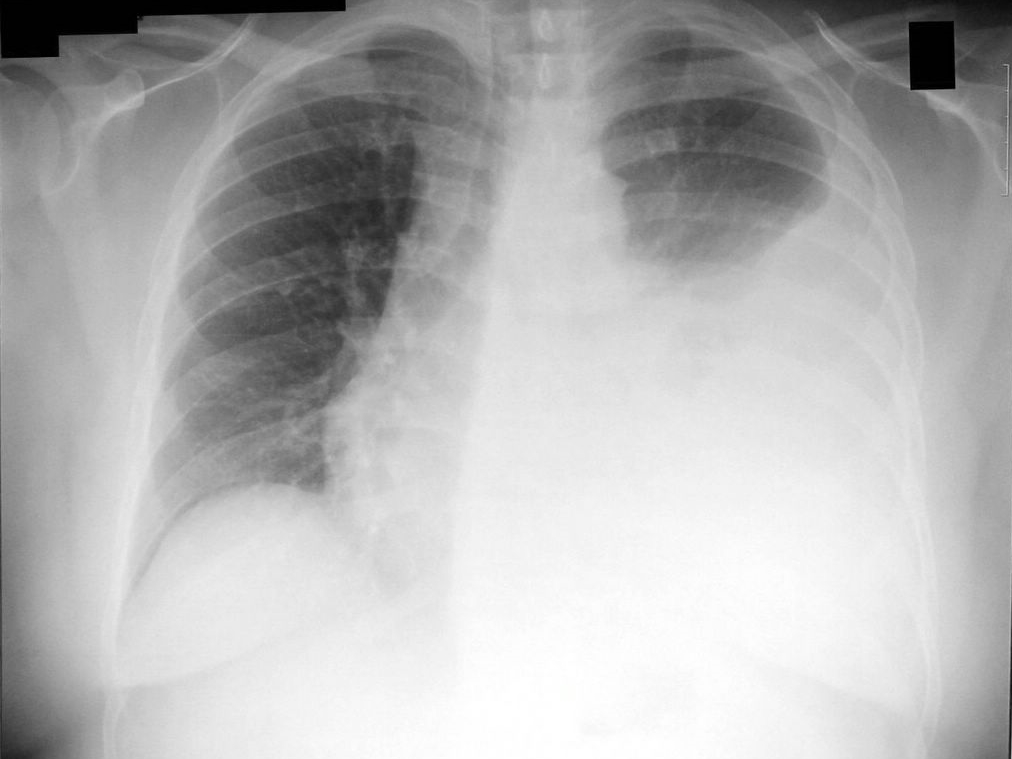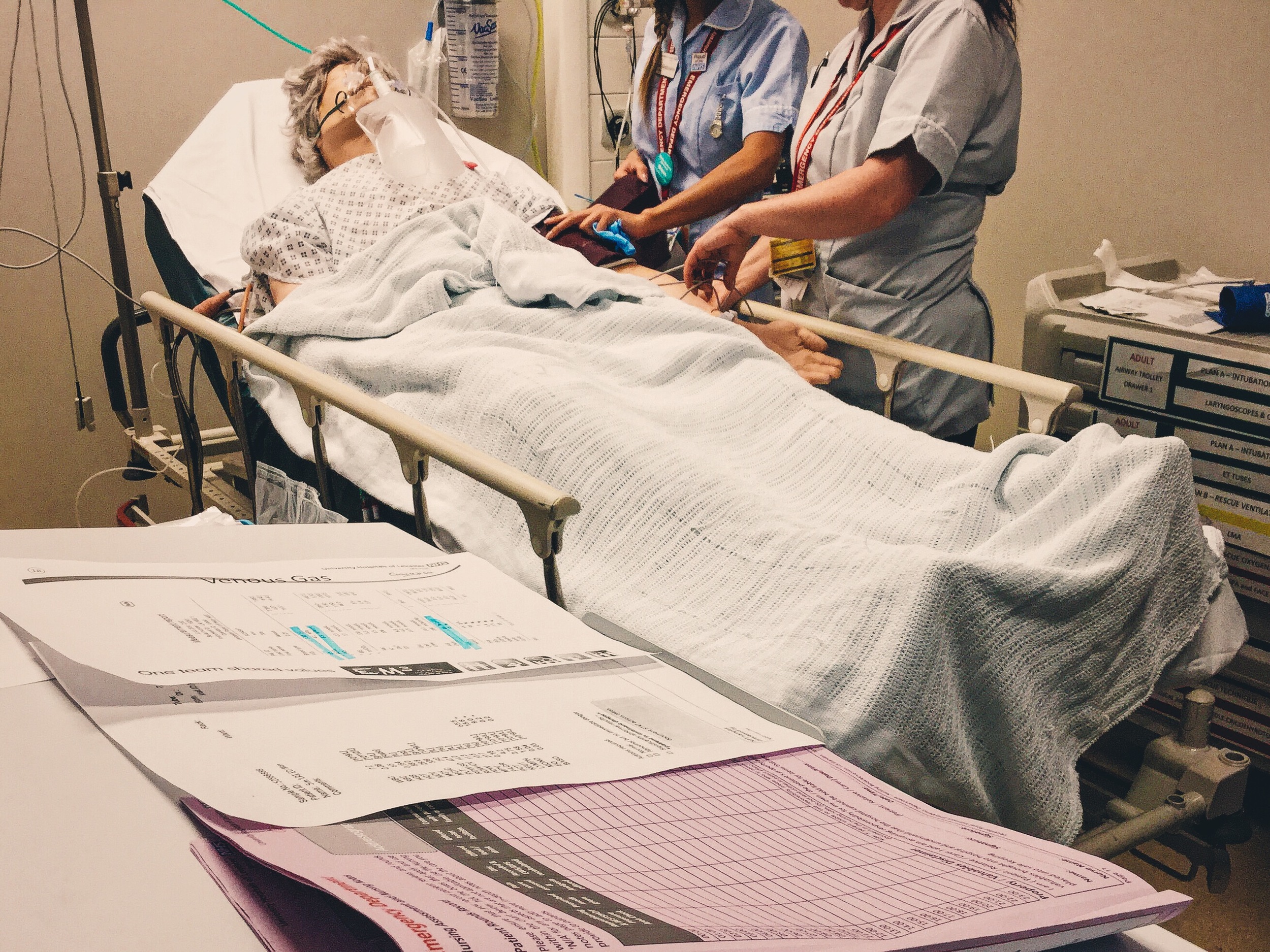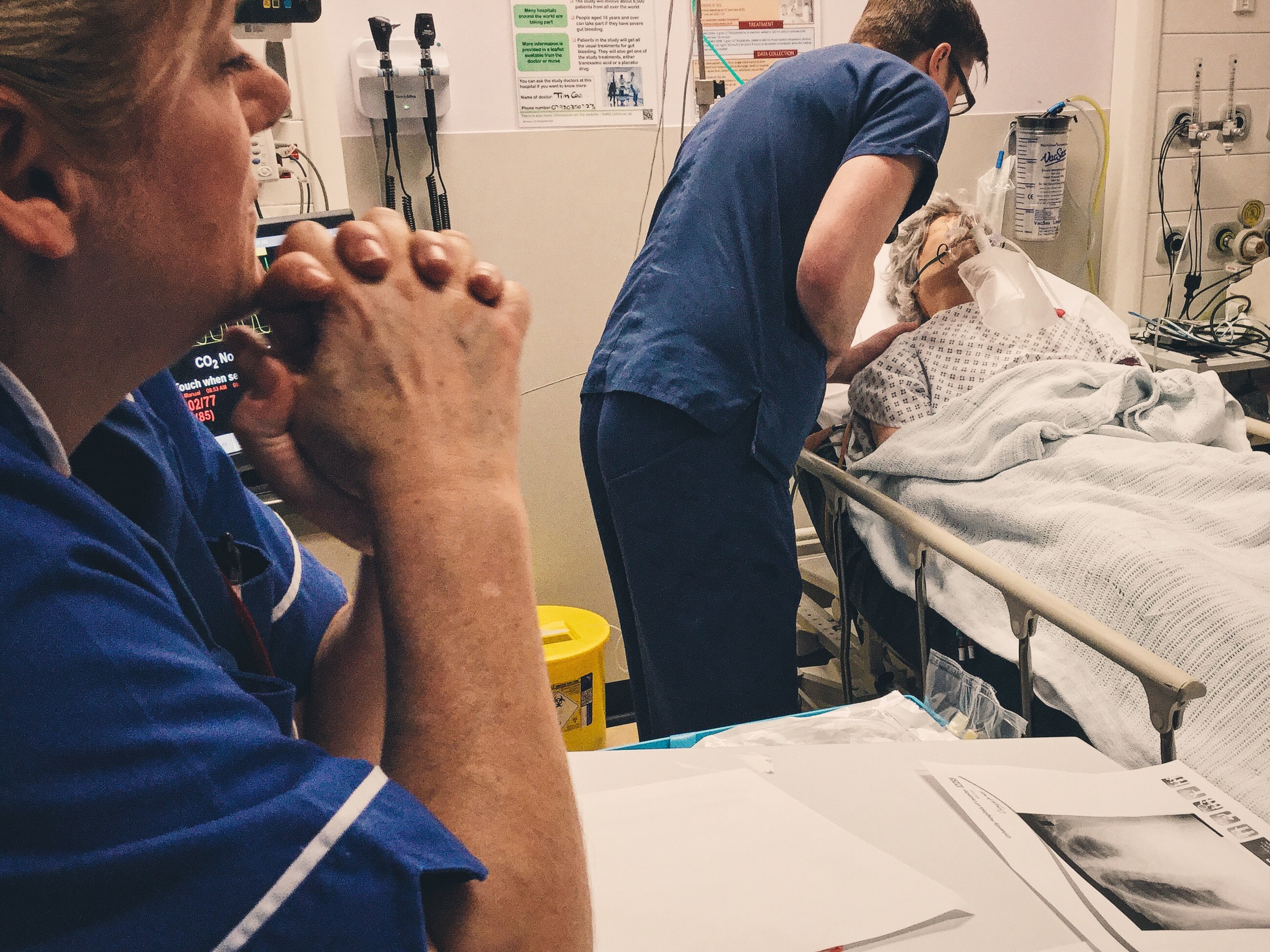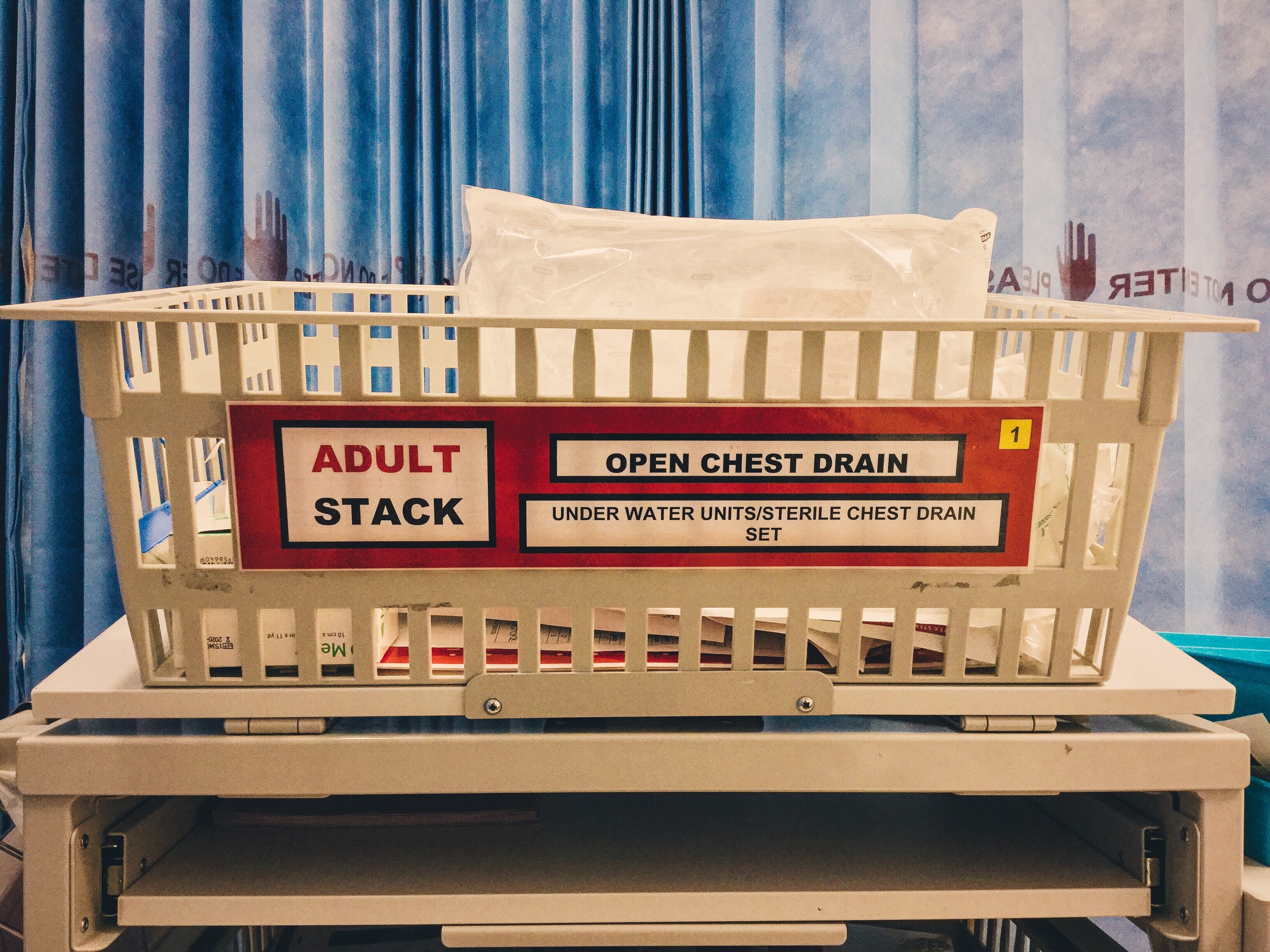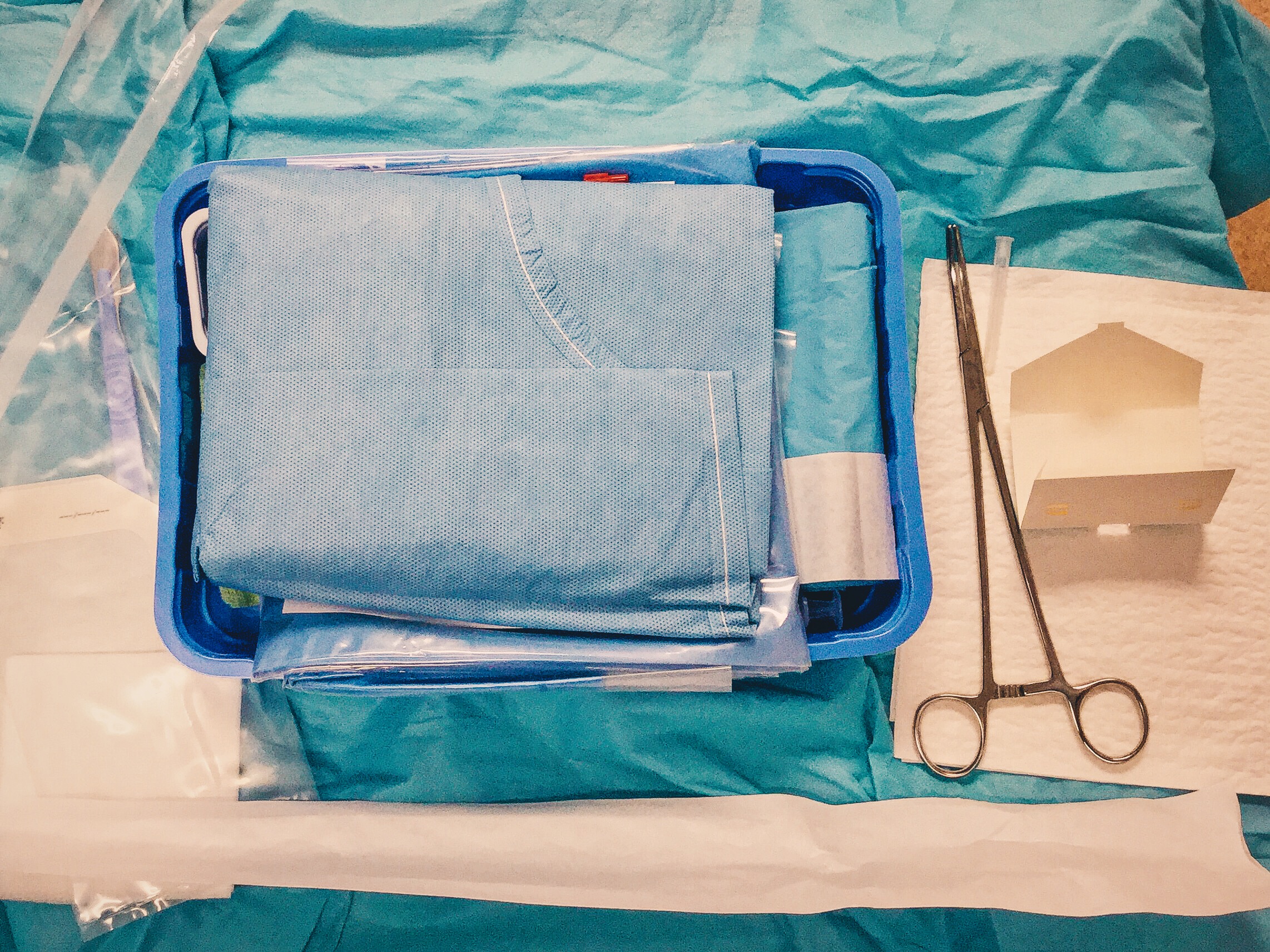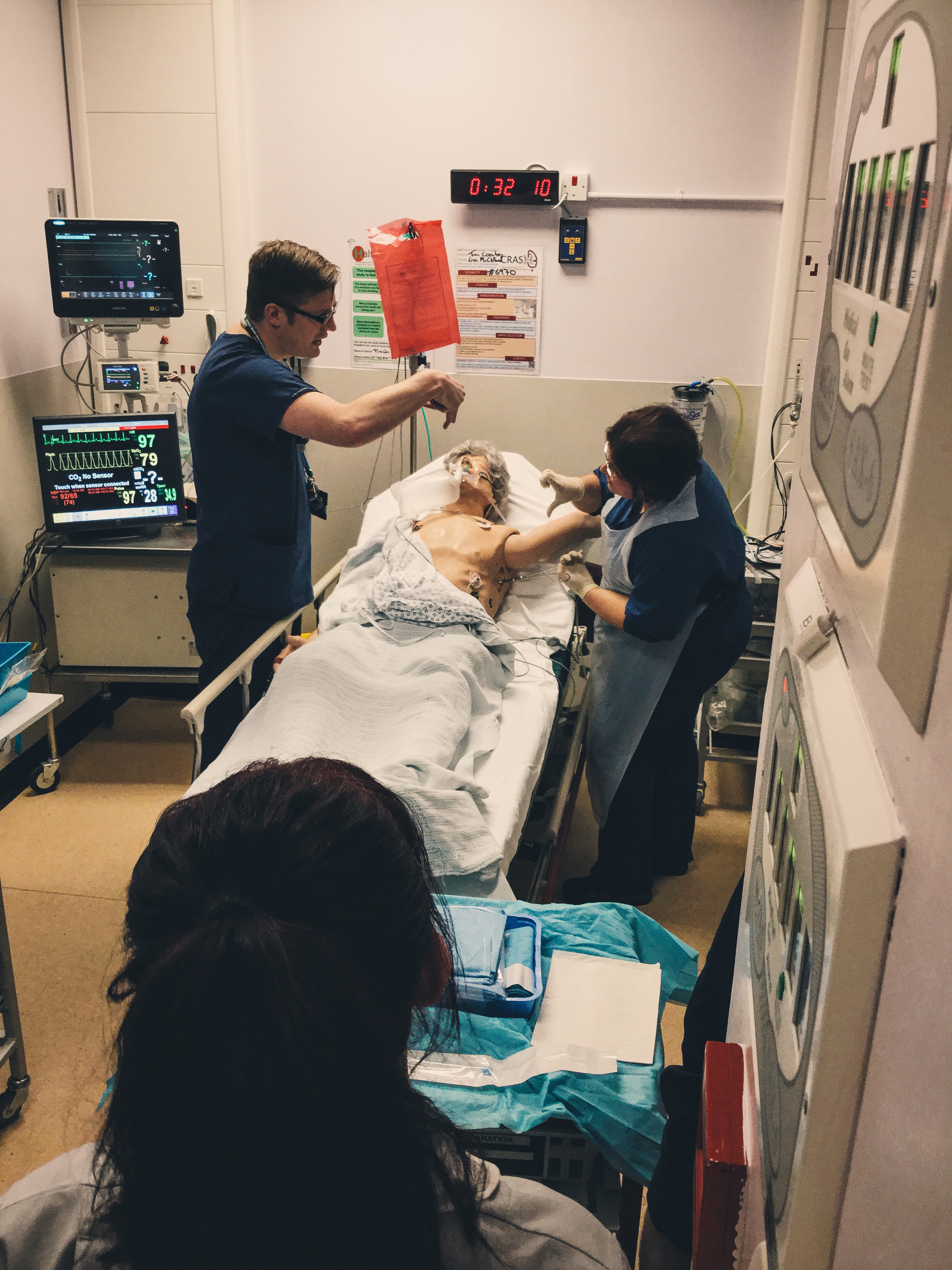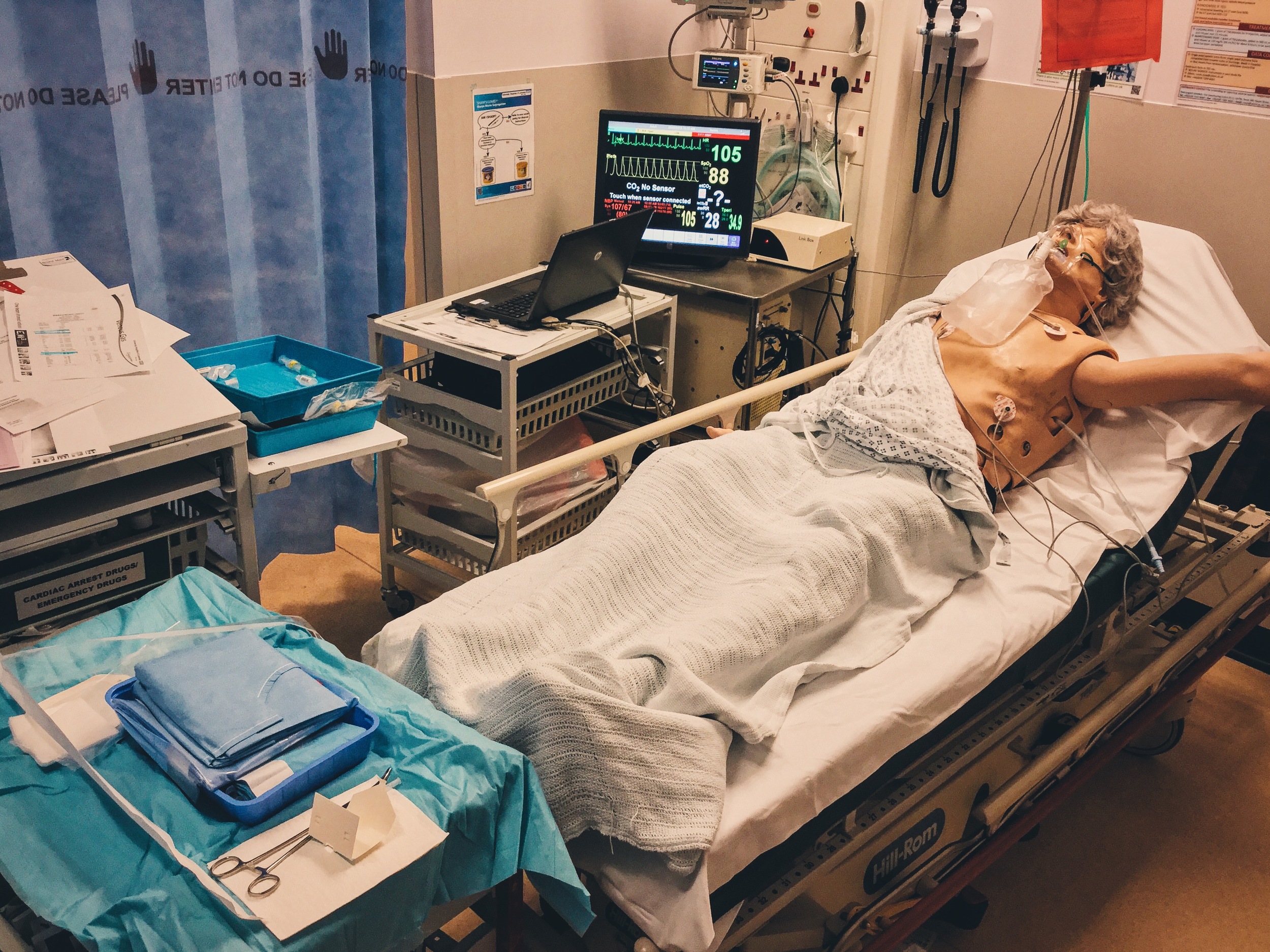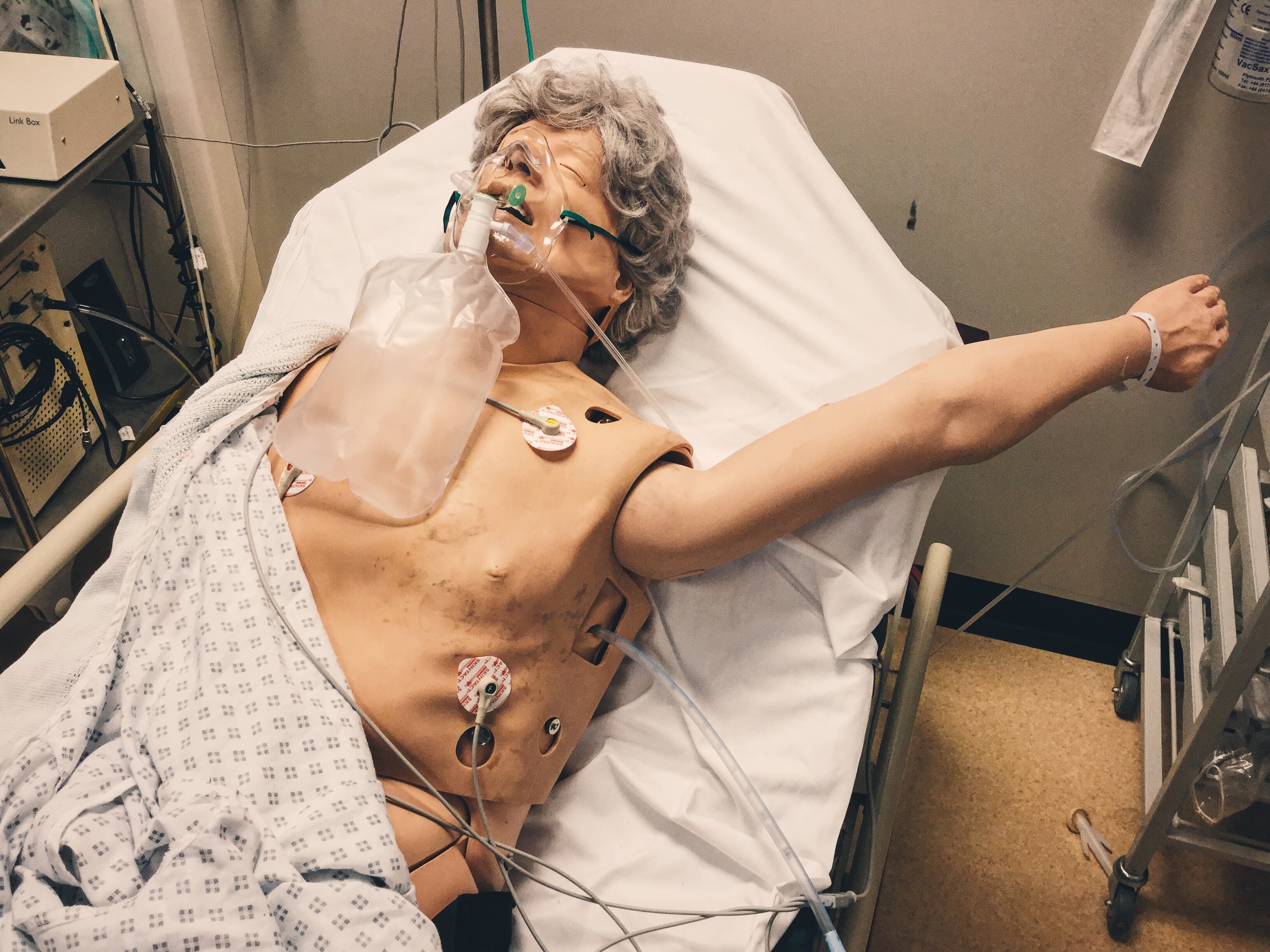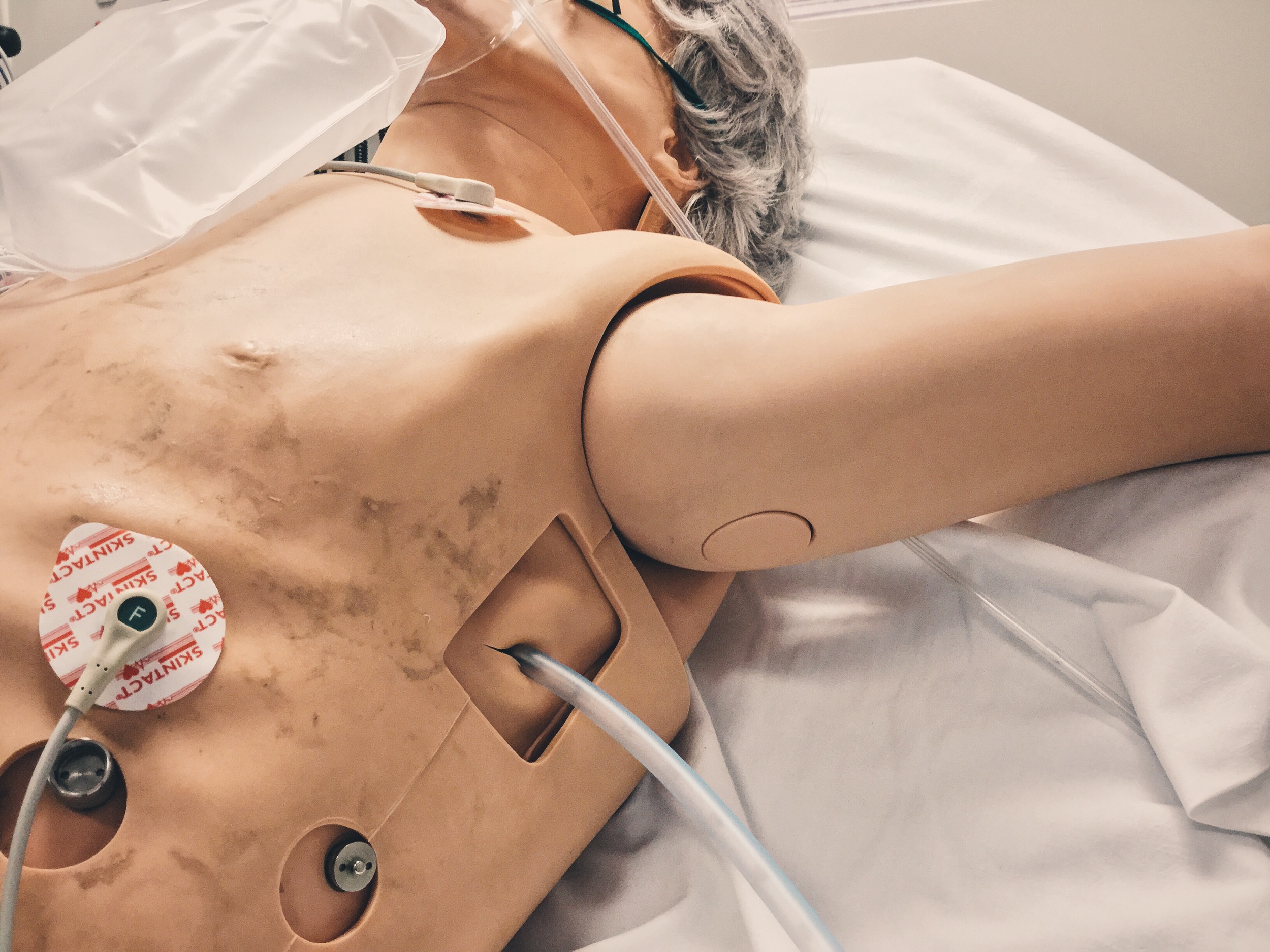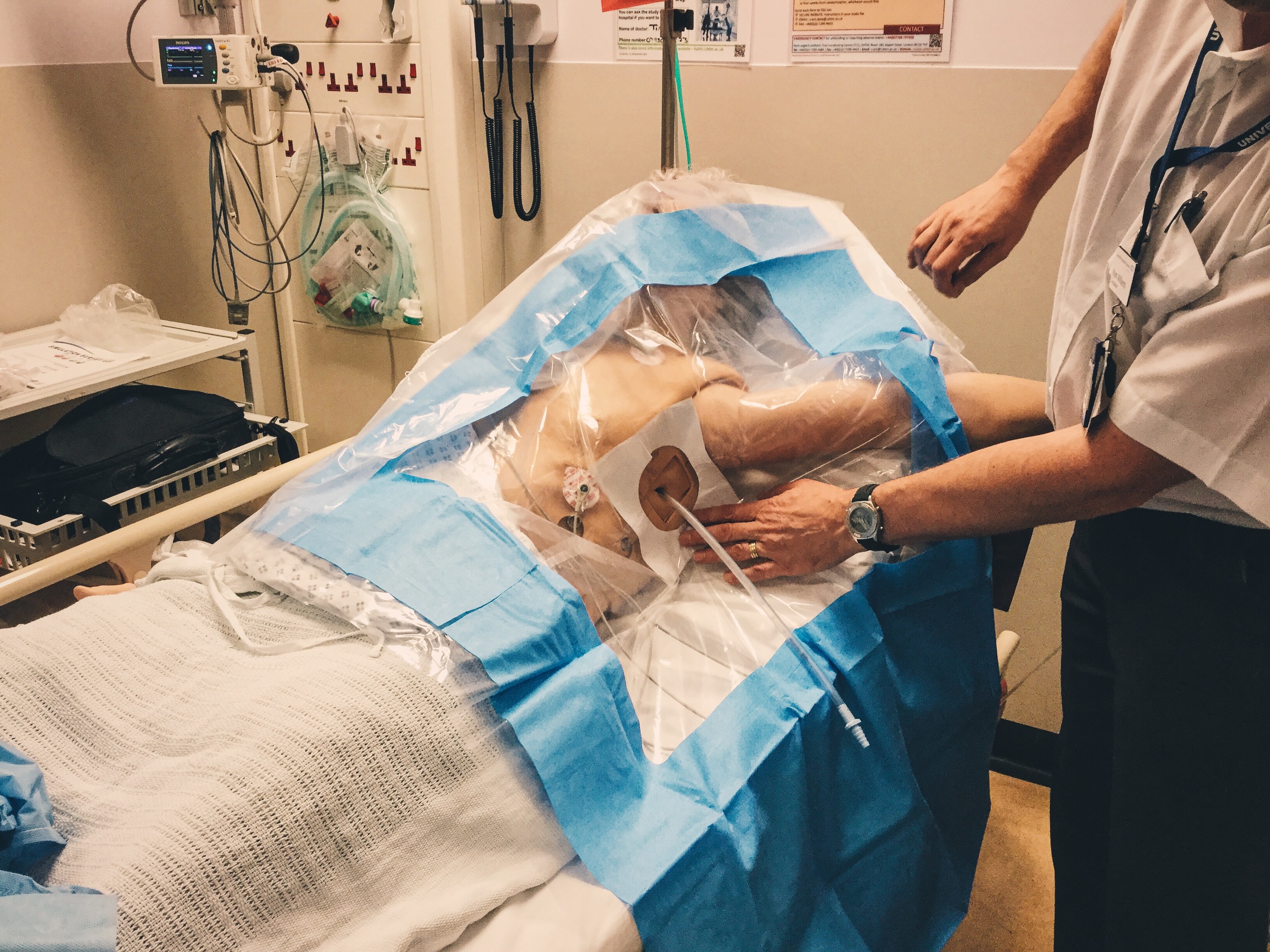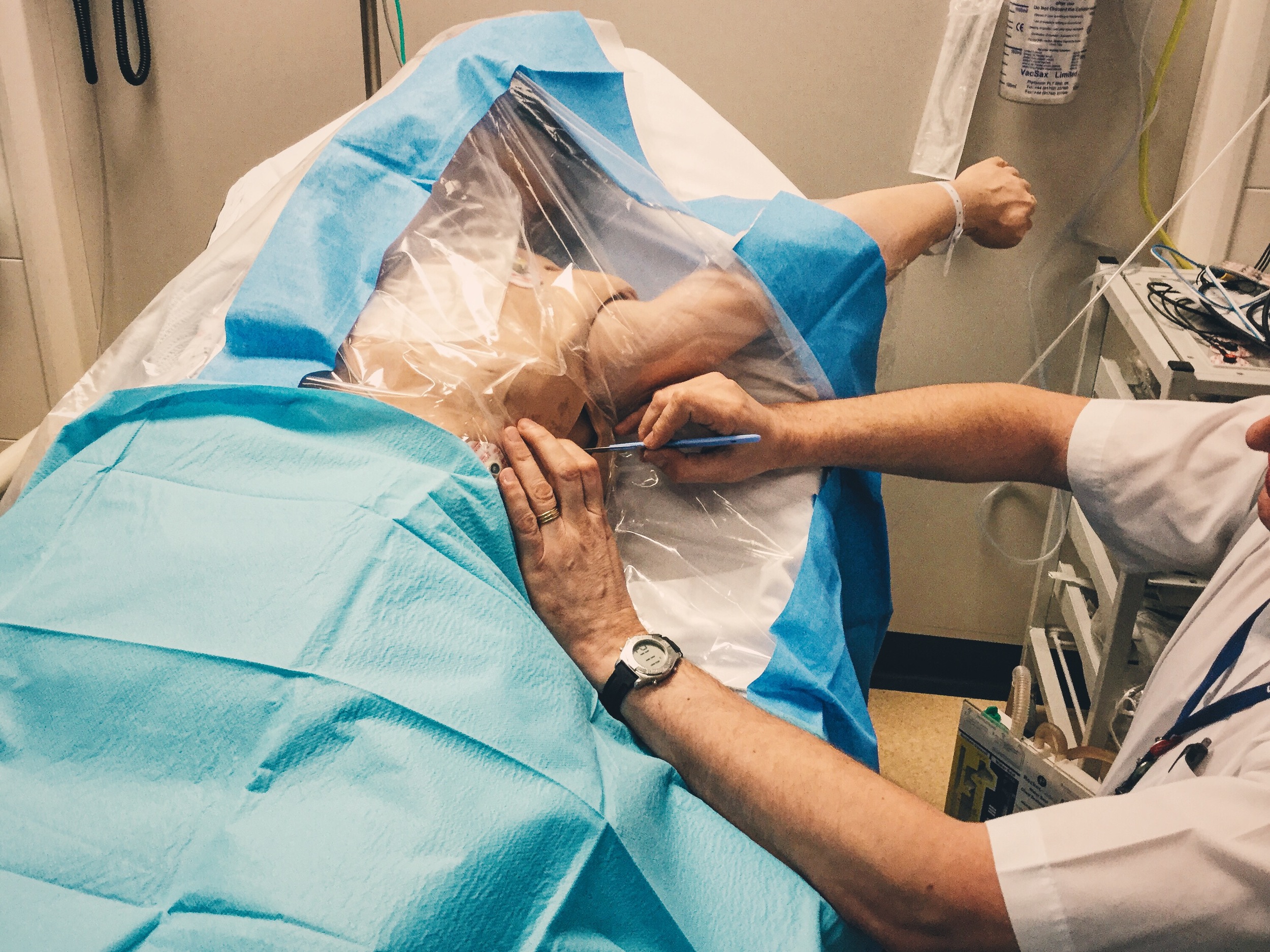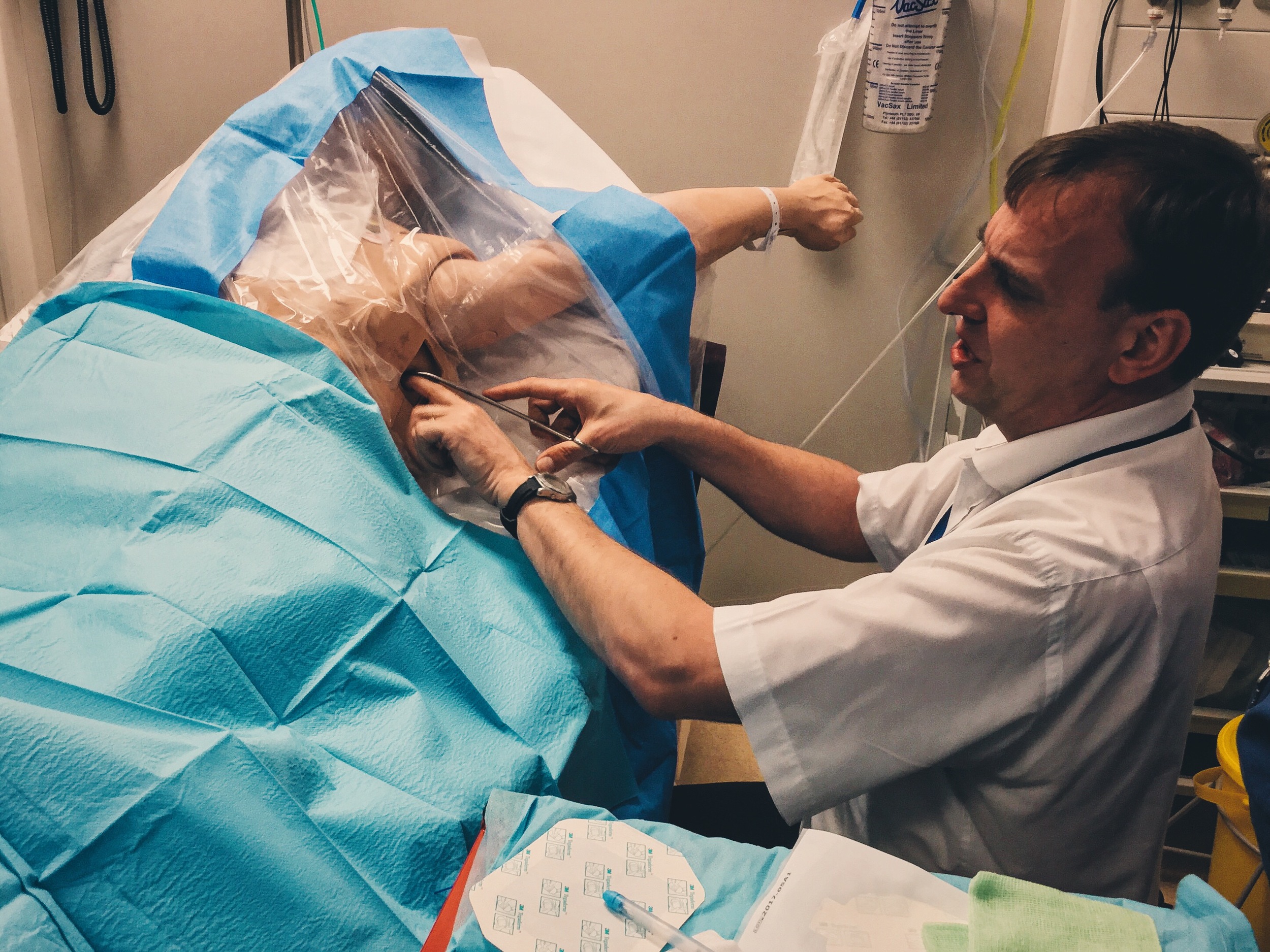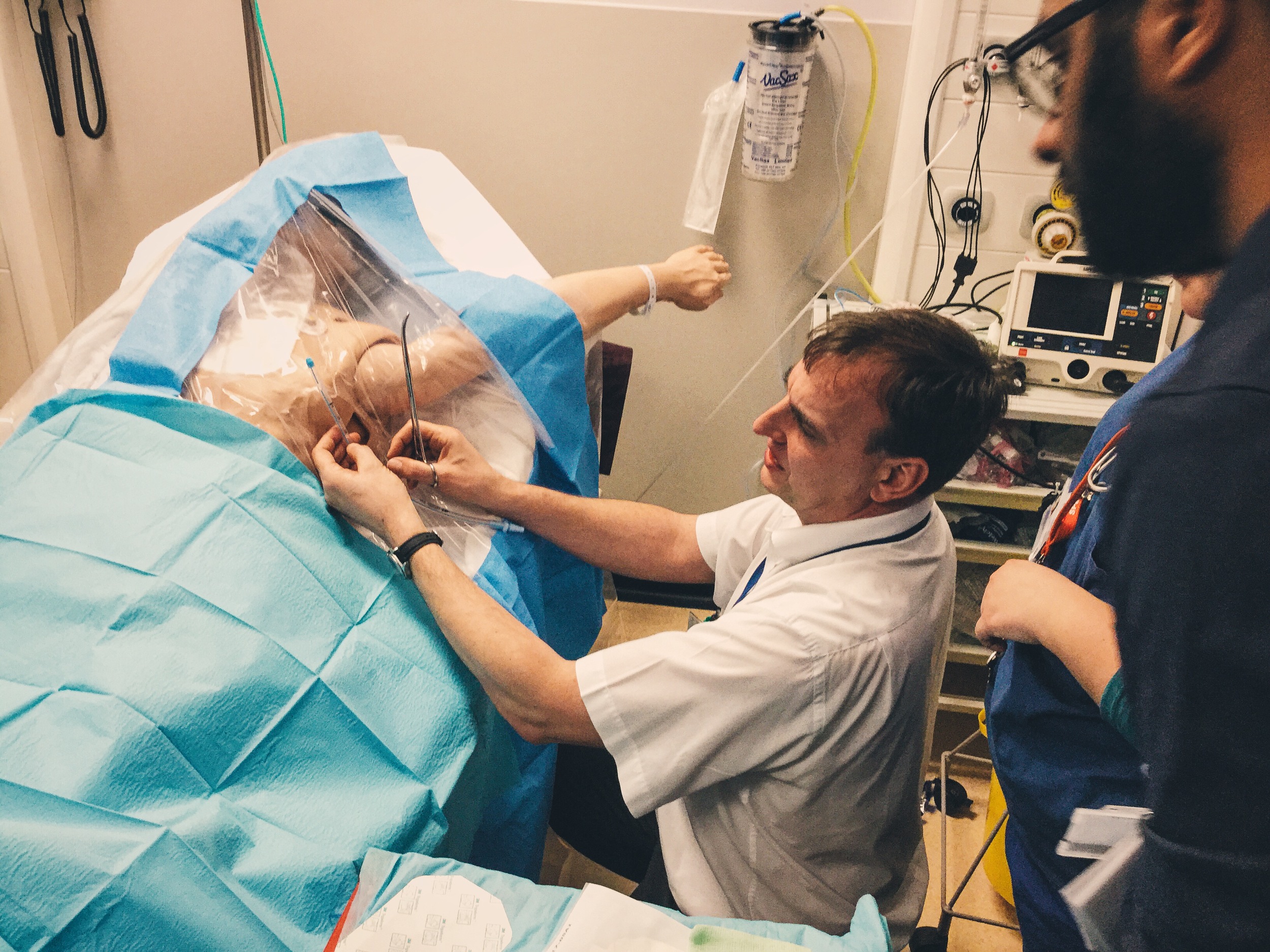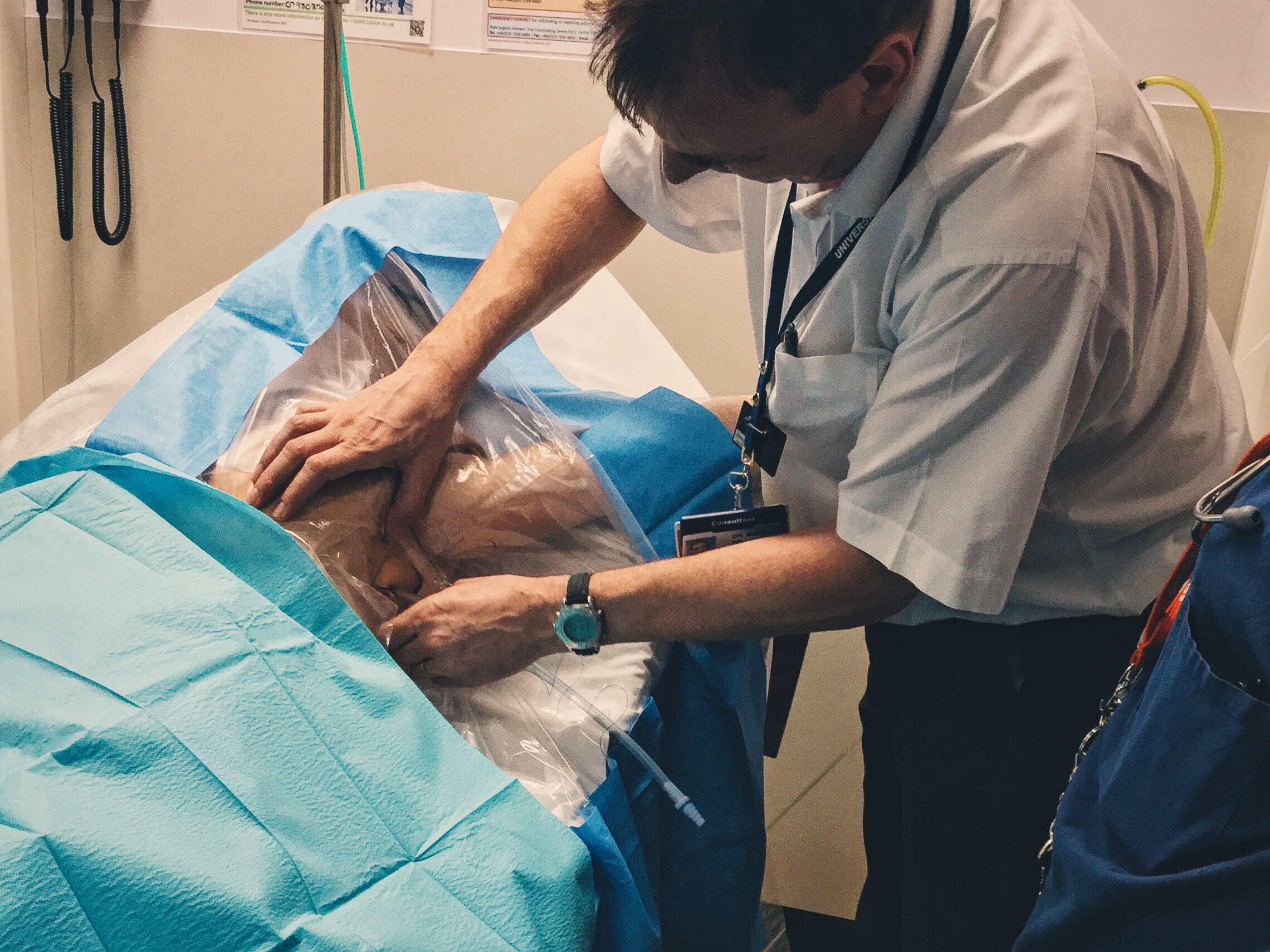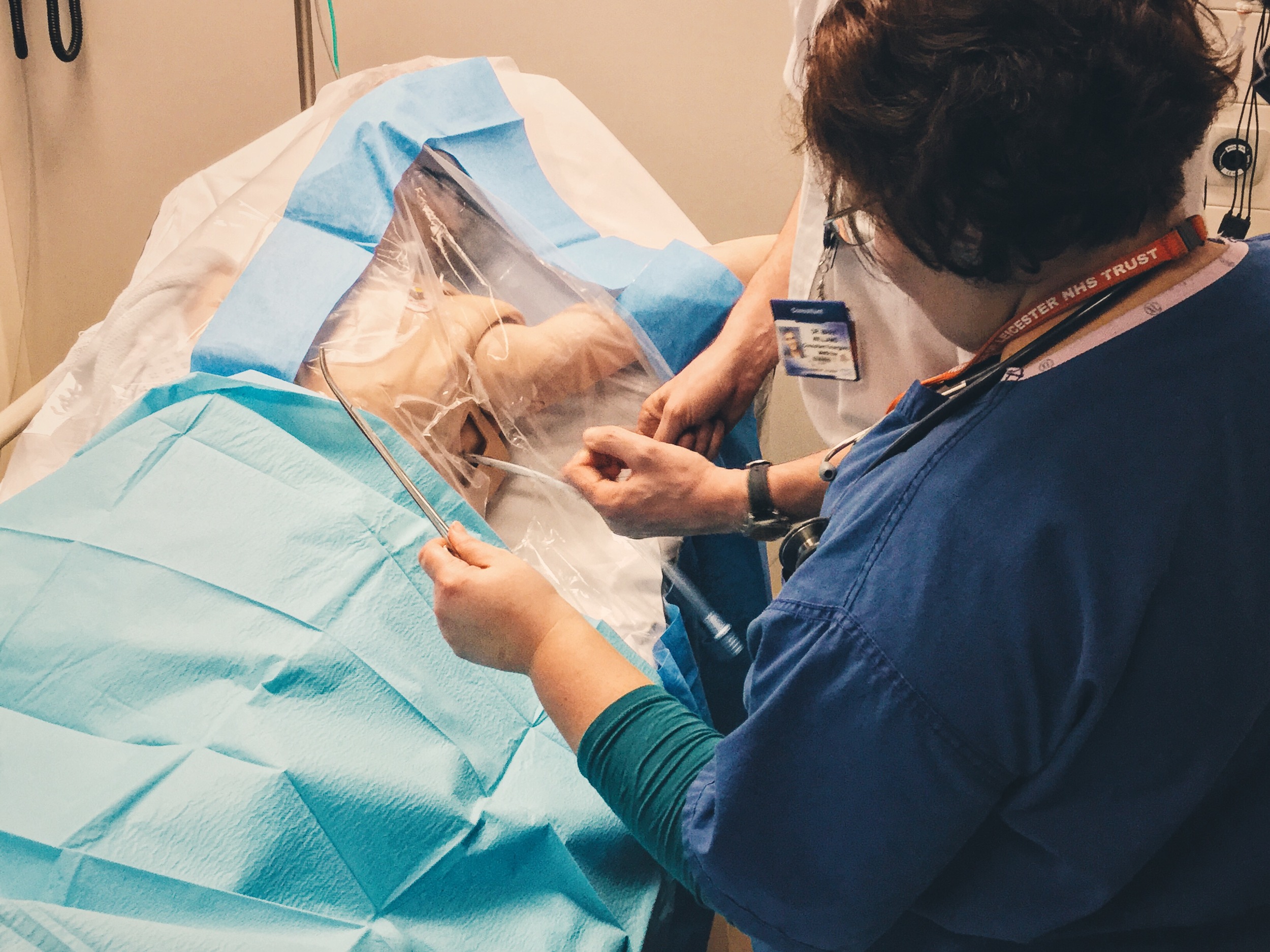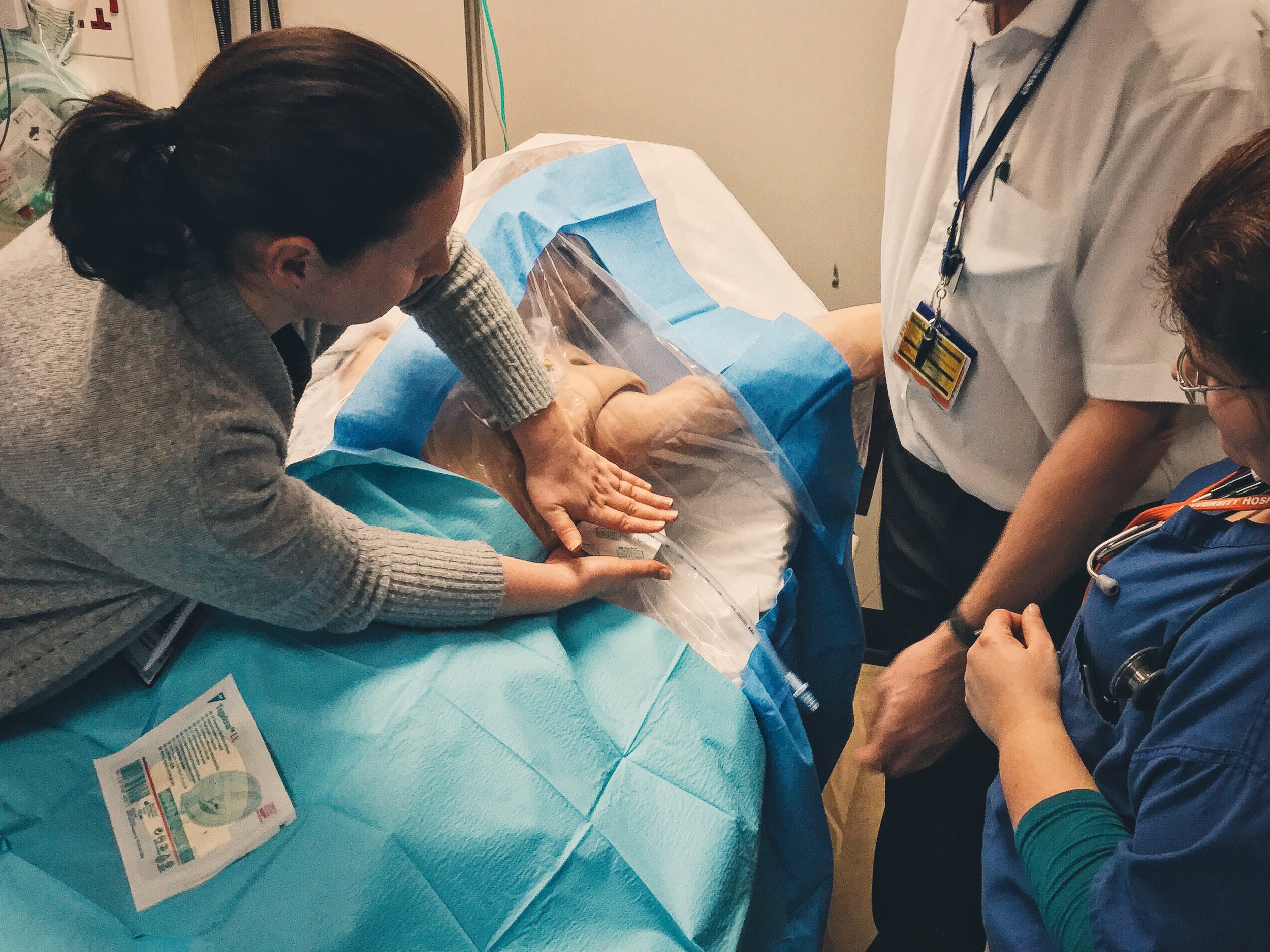#SimBlog: Stealth Trauma
““86 y/o Female, fall from standing hitting her chest against a set of drawers. Has been on the floor for 24 hrs.””
Observations
A – Patent
B – RR 25, Sats 87% (15l)
C – HR 72 BP 110/75
D – GCS E4 V4 M6 (14)
E – Temperature 34.9°C
Clinical Findings
Reduced air entry on the left
Soft abdomen
Painful Hip Movement
Why We Simulated?
The ‘triangle of safety’. The triangle is bordered anteriorly by the lateral edge of pectoralis major, laterally by the lateral edge of latissimus dorsi, inferiorly by the line of the fifth intercostal space and superiorly by the base of the axilla.
In the frail/elderly a minor mechanism can result in significant trauma. This was discussed in this weeks Lightning Learning and can be known as Stealth Trauma.
It may be that because of the low mechanism these patients do not trigger transfer to the Major Trauma Centre so it is vital that staff in a Trauma Unit can recognise and deal with these injuries. This may include simply being aware that you need to look for multiple injuries and to consider CT and/or transfer to an MTC.
Practice makes perfect and it is an important role of in situ simulation to provide training in practical procedures by running through the anatomy and the equipment in preparation for use. This enables all staff groups to have the opportunity to learn in a safe way and to test out issues such as where to access equipment.
Learning Outcomes
Avoid talking to colleagues when they are performing critical tasks e.g. administering drugs.
When performing practical procedures set up your environment carefully – make things easier for yourself!
Speak up if you are unsure about something, sharing your mental model doesn't just apply to the team leader.
Positive Feedback
Clear & regular communication by team leader inc closed loop communication a summarising.
Recognition of significant hypotension taking into account PMH.
Practical procedure taught well to junior trainee within the scenario.




